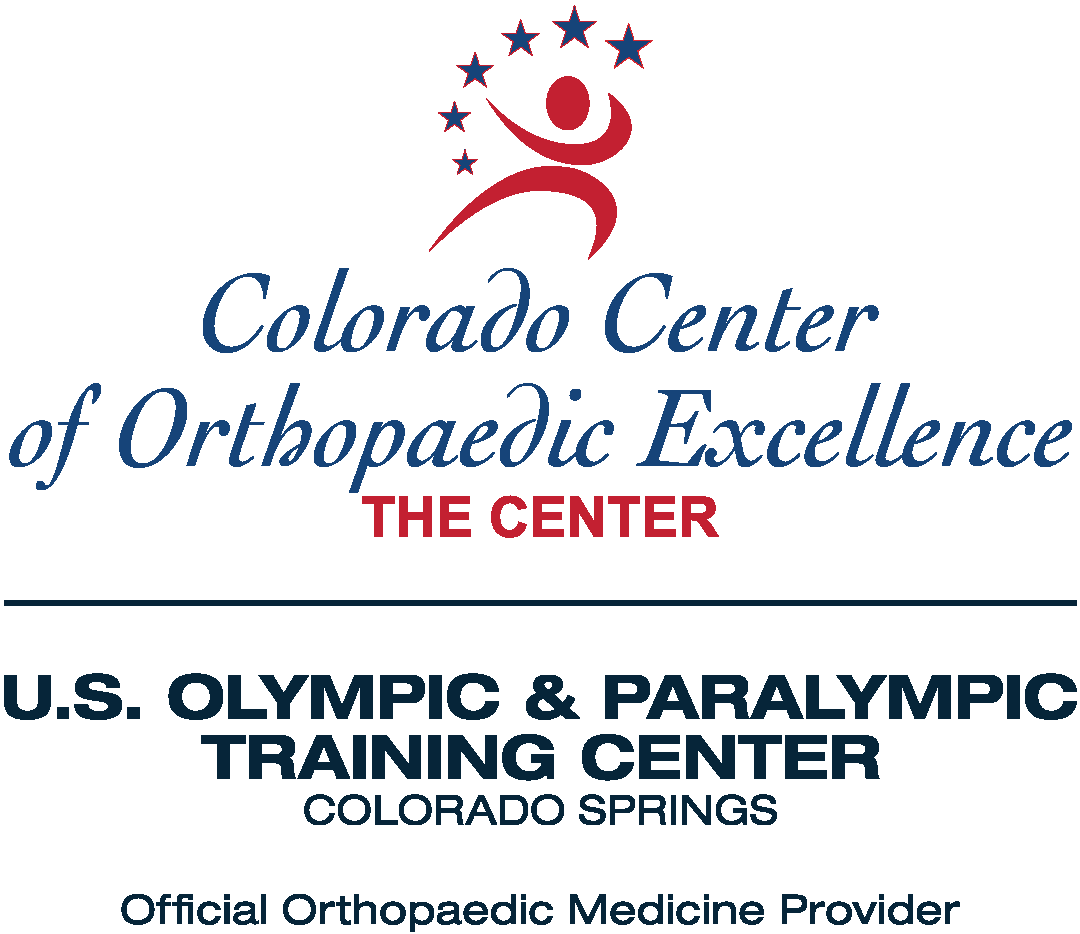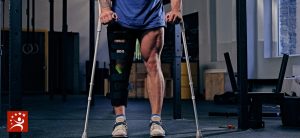The shoulder is among the most flexible components of the human body. It helps you move and rotate your arm in various directions and allows you to reach over your head. Because shoulders have such a great range of motion, though, they are more susceptible to instability. The more shoulder instability a patient has, the more it can increase the risk of injury to surrounding structures in the shoulder, such as tears of the labrum, cartilage injuries, rotator cuff injuries, or even fractures. It is essential to get a prompt and accurate diagnosis to determine the severity of the injury and determine a plan of treatment. If you are having continuous episodes of shoulder pain, an excellent place to start is the Colorado Center of Orthopaedic Excellence in Colorado Springs, Colorado. Their orthopedic specialist will help you resolve the condition and alleviate the pain that could make it more challenging to cope with everyday issues and do activities important to you, like work, sports, and hobbies.
OVERVIEW
Shoulder instability occurs when the shoulder joint (ball and socket) has lost its normal alignment (ball resting symmetrically in the socket), which causes the arm to lose its support. The most common type of shoulder instability is a shoulder dislocation, with the ball coming out of the socket in the forward direction. Once the ligaments, tendons, and muscles around the shoulder become loose or torn, the risk of dislocations occurring repeatedly is greater. When this happens, it is called chronic or recurrent shoulder instability. Approximately 70 % of shoulder dislocations occur in males.
TYPES OF SHOULDER INSTABILITY
Attempts have been made to classify different types of shoulder instability according to the degree of laxity, frequency of symptoms, and specific anatomic lesions. Classifying by direction, however, helps to understand the cause better and formulate the approach to diagnostic testing and treatment. The three types of shoulder instability are:
Anterior Instability
Anterior instability is the most common of the three. As many as 85 to 95 percent of all shoulder dislocations occur anteriorly. Men aged 18 to 25 are most susceptible to this injury. A patient with this type reports pain with any attempt to rotate the arm. A mass may be palpable over the interior shoulder. The patient may also report transient loss of sensation and numbness and tingling of the involved extremity, termed the “dead arm” syndrome. This may occur with dislocation or subluxation (partial shoulder location).
Posterior Instability
A posterior shoulder dislocation takes place when the head of the long bone in the arm, known as the humerus, moves backward out of the socket. The humerus bone is most likely felt at the back of the joint. This is often a result of significant and repetitive microtrauma, often affecting athletes. Offensive linemen are particularly vulnerable to this injury because of the forward-flexed and internally rotated shoulder position needed for blocking.
Multidirectional Instability
For a small number of people, the shoulder can become unstable even though there is no history of repetitive strain or injury. The shoulder might feel loose or even dislocate in multiple directions—out the back, bottom, or front of the shoulder. This is called multidirectional instability. People with multidirectional instability don’t have any anatomical problems but genetically have naturally loose ligaments throughout their bodies. They may also be double-jointed (ligamentous laxity.)
SHOULDER INSTABILITY IN YOUNG ATHLETES
Nearly half of all shoulder dislocations happen in people between the ages of 15 and 29. Shoulder injuries can be devastating in young athletes, particularly in those whose sport requires strong overhead motions, such as baseball, softball, volleyball, and swimming. Participating in contact sports such as football, basketball, hockey, and wrestling carries an increased risk of injury. When these injuries make it hard to maintain stability in the shoulder, continuing to participate in these sports may become impossible.
SYMPTOMS
The shoulder instability symptoms one experiences will depend on the type of instability and its severity. Common symptoms of chronic shoulder instability include:
- Significant pain and an inability to move the shoulder
- Repeated shoulder dislocations
- Feeling or hearing a “click” or “pop” in the shoulder
- Swelling
- Discoloration of the arm and hand
- Deformity of the shoulder
- Feeling the shoulder is stuck in a specific location
- Weakness or difficulty lifting the arm overhead
- Feeling the ball of the shoulder comes out of its socket or give way and just hang there
NON-SURGICAL TREATMENTS
Chronic shoulder instability is often first treated with non-surgical treatment:
- Rest
- Cold or ice bags to shoulder to reduce swelling
- NSAIDS, which include aspirin, Advil, Motrin, or ibuprofen-like drugs like Aleve
- A sling to provide temporary immobilization
- Shoulder bracing
- Physical therapy
- Activity modification, especially for those who play sports
WHEN IS SURGERY INDICATED?
If non-surgical options do not relieve the pain and instability, surgical repair may be necessary to enable the torn or stretched ligaments to hold the shoulder in place. In a limited number of select patients in whom the degree of looseness or laxity is relatively mild, it may be possible to stabilize the shoulder by minimally invasive arthroscopic techniques. To correct severe instability, open surgery is often necessary. An incision is made over the shoulder, and the muscles are moved to gain access to the joint capsule, ligaments, and labrum. These structures are then either repaired, reattached, or tightened depending on the tissue injury identified at surgery. By undergoing surgery to fix shoulder stability, there is a low chance of recurring damage, typically 3 to 5%.
GETTING THE RIGHT DIAGNOSIS. GETTING THE RIGHT DOCTOR.
If shoulder instability goes untreated, not only can it interfere with day-to-day activities, it can lead to nerve and blood vessel damage, bursitis, tendinitis, neck and upper back pain, general weakness, pain, and muscle spasms. The mobility of the shoulder while eating, bathing, sleeping, and lifting heavy objects would become troublesome. That is why with shoulder instability, getting an exact diagnosis and treatment by a highly specialized orthopedic specialist is vital in avoiding the risk of further injury to the shoulder. At the Colorado Center of Orthopaedic Excellence in Colorado Springs, Colorado, you can expect the best treatment you can get anywhere. After a complete history and detailed physical examination, tests such as X-rays, MRIs, and, if shoulder instability is expected, an MR arthrogram where a dye is injected into the shoulder before doing an MRI to determine the exact degree of damage further. The experts at CCOE aren’t just concerned about giving you the best care; they care about you and the quality of life you deserve to enjoy.














